The Andes Mountains, a majestic spine running down the western coast of South America, are home to one of the world’s largest flying birds – the Andean Condor. This magnificent creature, steeped in cultural significance and ecological importance, is a sight to behold. Beyond its impressive size, the Andean Condor possesses a fascinating life history, intricate behaviors, and a vital role in the ecosystems it inhabits.
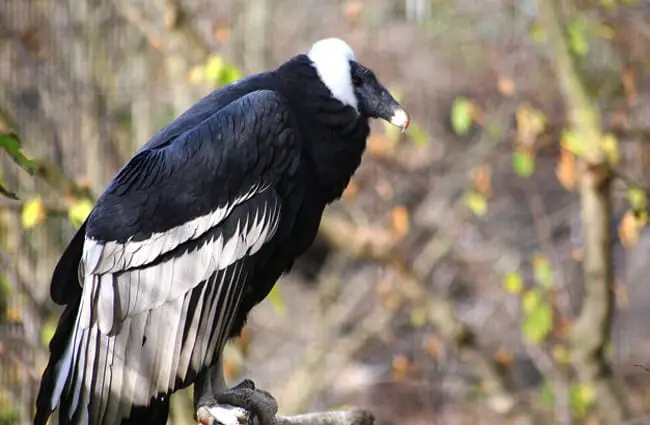
A Majestic Overview of the Andean Condor
The Andean Condor, Vultur gryphus, is a New World vulture and a symbol of power and freedom in many Andean cultures. With a wingspan that can reach over 10 feet, it rivals the Wandering Albatross as the bird with the largest wingspan. Adults typically weigh between 15 and 33 pounds and are characterized by their black plumage, white neck ruff, and a fleshy red head and neck. The male condors are generally larger than the females, exhibiting a pronounced sexual dimorphism.
Habitat and Distribution
These birds are native to the Andes Mountains of South America, ranging from Venezuela and Colombia, through Ecuador, Peru, Bolivia, Chile, and Argentina. They favor open grasslands, alpine meadows, and rocky areas, often nesting on steep cliffs and rocky outcrops. Their habitat varies with altitude, influencing their foraging range and nesting locations. They can be found at elevations ranging from 1,500 to 5,000 meters, showcasing remarkable adaptability to challenging terrains.
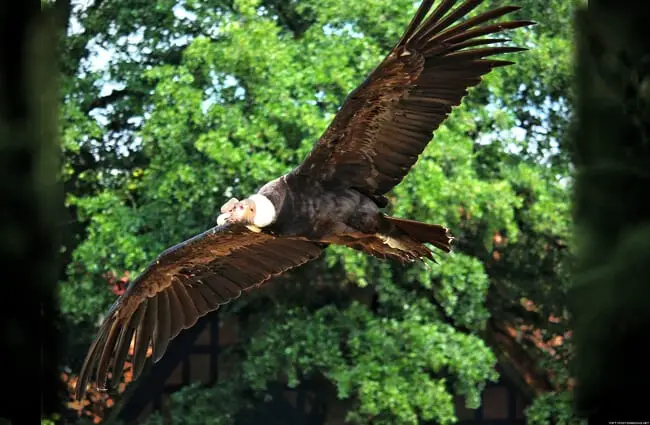
Evolutionary History
The evolutionary lineage of the Andean Condor traces back to the large scavenging birds of the late Miocene and Pliocene epochs. Fossil evidence suggests that early ancestors of the condor were more widespread, inhabiting both North and South America. The current species diverged from its closest relatives, the California and Black Vultures, several million years ago. Genetic studies reveal a close relationship within the New World vulture family, hinting at a shared ancestry and adaptation to scavenging lifestyles. Their large size and soaring abilities are the result of millions of years of natural selection favoring efficient flight and long‑distance travel in search of food.
Diet and Foraging Behavior
Andean Condors are primarily scavengers, feeding on carrion – the carcasses of dead animals. They play a crucial role in ecosystems by cleaning up carcasses, preventing the spread of disease, and recycling nutrients. While they primarily consume carrion, they can also occasionally prey on vulnerable animals such as small mammals, reptiles, or birds. They locate food using their keen eyesight and soaring flight, covering vast distances in search of carcasses. They are often seen circling above potential food sources, using thermals to conserve energy during flight. They typically feed in groups, with dominant individuals often having priority access to the carcass.
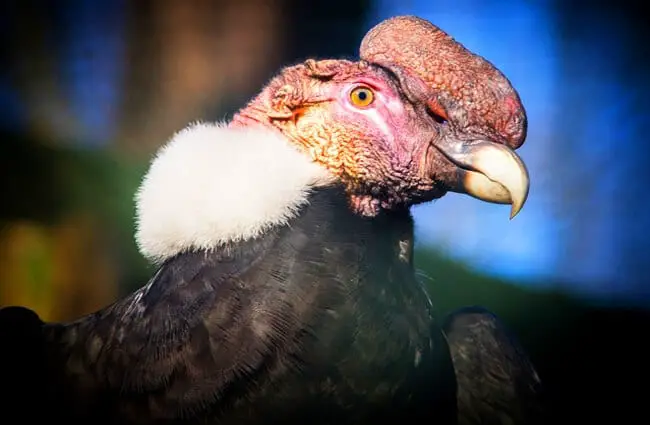
Mating and Reproduction
Andean Condors are long‑lived birds, with a lifespan of over 70 years in the wild and even longer in captivity. They form lifelong pair bonds, with partners cooperating in all aspects of breeding and raising young. The breeding season typically occurs between February and April. They construct large nests on steep cliffs, using sticks, vegetation, and other materials. The female typically lays one or two eggs, which are incubated by both parents for around 80 days. The chicks are altricial, meaning they are born helpless and require extensive parental care. Young condors fledge, or leave the nest, at around six months of age, but continue to rely on their parents for food and guidance for several months after fledging.
Ecological Role and Interactions
As apex scavengers, Andean Condors are vital to maintaining healthy ecosystems. Their consumption of carrion helps control the spread of diseases, such as anthrax and botulism, that can affect other wildlife and humans. They also play a role in nutrient cycling, returning essential nutrients to the soil through their droppings. Condors often share carcasses with other scavengers, such as vultures and foxes, creating complex ecological interactions. They may also compete with other scavengers for access to food. Occasionally, they will prey on vulnerable animals, contributing to predator‑prey dynamics within the ecosystem.
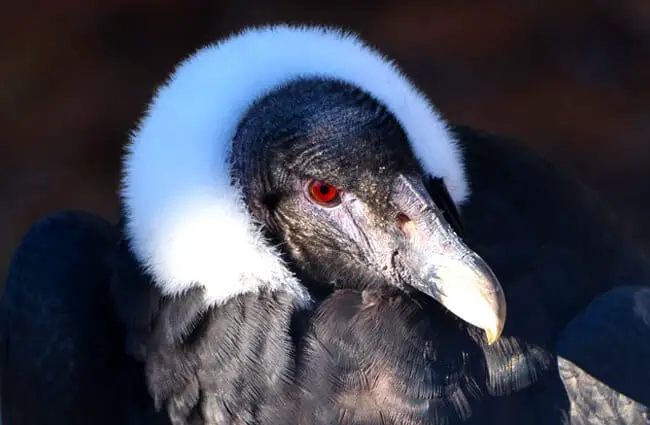
Cultural Significance and Human Interactions
Andean Condors hold immense cultural significance for indigenous peoples of the Andes Mountains. In many cultures, they are considered sacred animals, symbols of power, freedom, and spiritual connection to the mountains. They are often featured in myths, legends, and religious ceremonies. In some cultures, condor feathers are used in traditional clothing and ceremonies. Unfortunately, Andean Condors have faced numerous threats from human activities, including habitat loss, hunting, and poisoning. They are currently listed as Vulnerable by the International Union for Conservation of Nature (IUCN). Conservation efforts, such as habitat protection, anti‑poisoning campaigns, and captive breeding programs, are crucial to ensuring the survival of this magnificent species.
Finding Andean Condors in the Wild
For wildlife enthusiasts hoping to spot Andean Condors, several locations offer promising opportunities. The Colca Canyon in Peru is renowned for its high condor population and provides excellent viewing opportunities. National parks in Argentina, Chile, and Ecuador also harbor condor populations. Look for them soaring above mountains, cliffs, and open grasslands, often riding thermal currents. Binoculars are essential for observing them from a distance. Respect their habitat and maintain a safe distance to avoid disturbing them.
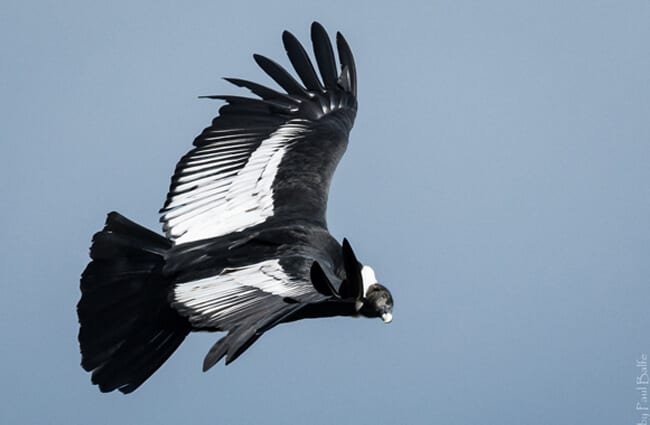
For Zookeepers and Caretakers
Caring for Andean Condors in captivity requires specialized knowledge and attention. Their enclosure should be spacious, allowing for ample flight space and simulating their natural habitat. Diet should consist of high‑quality carrion, supplemented with vitamins and minerals. Regular veterinary checkups are essential to monitor their health and prevent diseases. Enrichment activities, such as puzzle feeders and novel objects, can stimulate their minds and prevent boredom. Avoid overcrowding and excessive human interaction, as this can cause stress and behavioral problems.
Intriguing Facts About Andean Condors
- Andean Condors can fly at altitudes of up to 15,000 feet.
- They have a unique hemoglobin structure that allows them to extract oxygen efficiently at high altitudes.
- They can live for over 70 years in the wild.
- Their wingspan can reach over 10 feet, making them one of the largest flying birds in the world.
- They are primarily scavengers, feeding on carrion.
- They play a vital role in maintaining healthy ecosystems.
- They are symbols of power and freedom in many Andean cultures.

The Andean Condor remains a symbol of the majestic Andes Mountains, and its conservation is crucial for preserving the biodiversity and cultural heritage of South America. Continued research, conservation efforts, and public awareness are essential to ensure that this magnificent bird continues to soar through the skies for generations to come.

![Red Angus Closeup of a beautiful Red Angus cowPhoto by: U.S. Department of Agriculture [pubic domain]https://creativecommons.org/licenses/by/2.0/](https://animals.net/wp-content/uploads/2020/03/Red-Angus-4-238x178.jpg)




![Red Angus Closeup of a beautiful Red Angus cowPhoto by: U.S. Department of Agriculture [pubic domain]https://creativecommons.org/licenses/by/2.0/](https://animals.net/wp-content/uploads/2020/03/Red-Angus-4-100x75.jpg)

